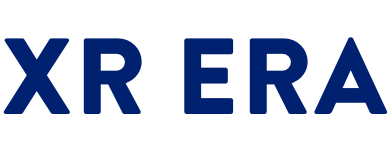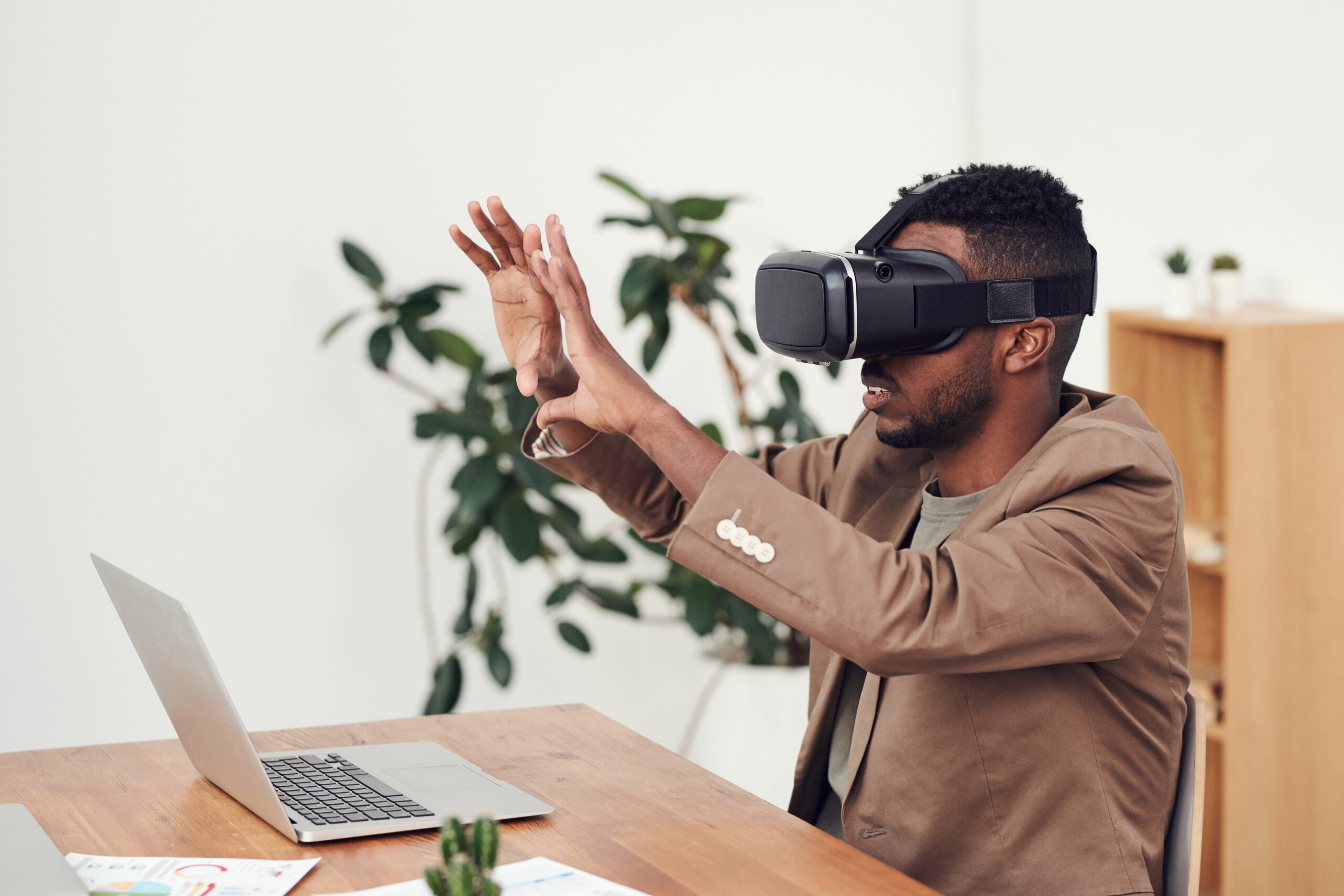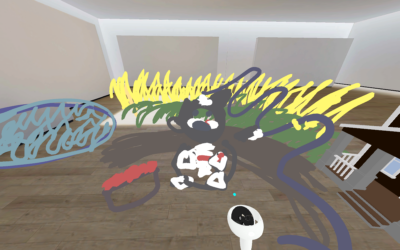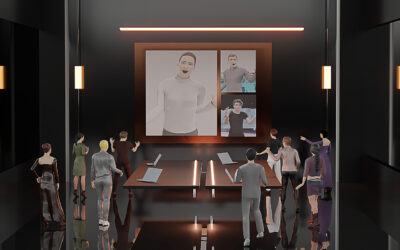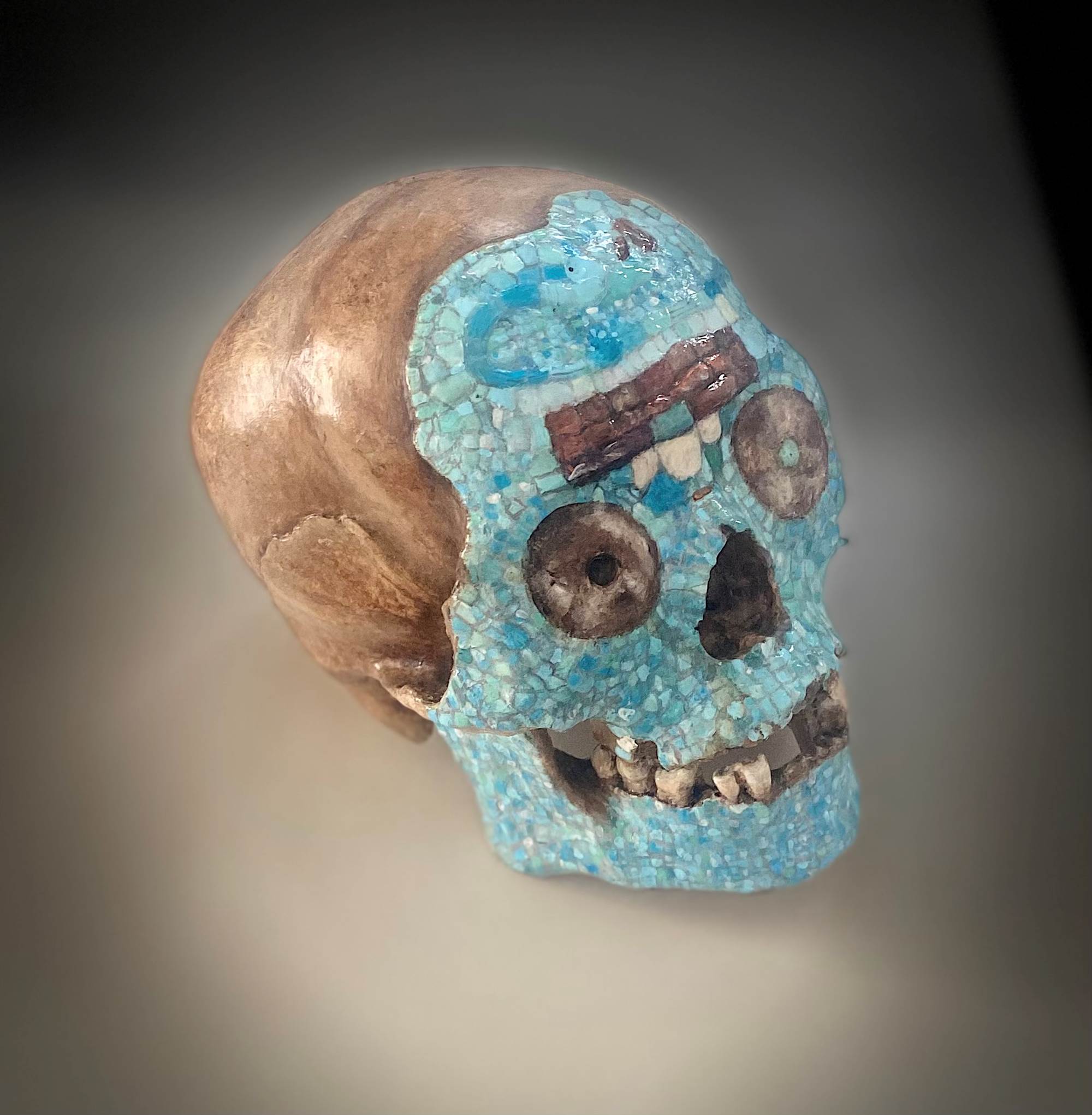On the 13th of March, the XR ERA community gathered for an interactive workshop on StereoKit – an “easy-to-use open-source mixed reality library for building HoloLens and VR applications with C# and OpenXR”.
Throughout the hour and a half spent together, we had the opportunity to observe, discuss, and try out the programme for ourselves, posing and answering the question of what advantages StereoKit may offer for developers, setting it apart from other more established programmes on the market.
ABOUT OUR SPEAKER
This month, we were thrilled to be joined by Maarten Struijk Wilbrink – a VR programmer and developer from SOLO (Support for Research, Laboratories, and Education) at Leiden University’s Faculty of Social Sciences. There, alongside a small team of colleagues, Maarten runs the SOS XR Team amongst much else and puts his background in psychological research excellent use when it comes to understanding and interpreting academics’ needs.
WHAT MAKES STEREOKIT DIFFERENT AND WHAT DOES IT OFFER?
StereoKit may well be a programme with much to offer but what, truly, is the need for it and what sets it apart? For any new product entering into a crowded field, this question is fundamental and, in this case, Maarten attempts its answering by contrasting StereoKit with one of the most popular game engines currently on the market, Unity.
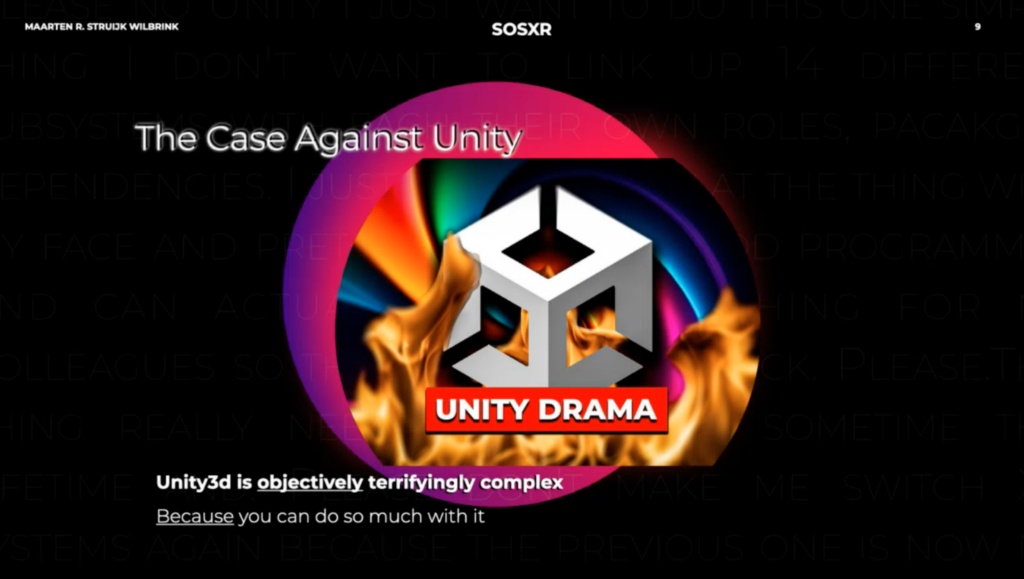
When beginning to develop within Unity, it is almost always necessary to install several packages, covering many varied and separately-treated functionalities. These must then be matched with one another and this is no simple feat.
StereoKit, by contrast, is an open source and code-only system, mitigating the need for the packages characteristic of Unity. Moreover, it is a programme which was designed with the user’s enjoyment firmly in mind!
Unlike Unity, which is almost ubiquitously known within the field of XR development, StereoKit is remarkably straightforward to use. As Maarten clarifies, Unity is a highly impressive tool when it comes to facilitating the development of 2D and 3D games, architectural visualisations systems, and live animations. It is, however, every bit as impressive as it is complex.
Although – again distinguishing itself from Unity – StereoKit is more geared towards the creation of applications and experiences as opposed to games, in these areas, Maarten believes it has considerable potential owing largely to its relative ease of use. As a VR-only system, StereoKit provides both visualised hands and eye level positioning as a default. To reach this same starting stage in Unity, considerable work would already have been required.
DEMO
With his case for StereoKit’s value having been passionately made, Maarten then began with his live demo which occupied the majority of the Meetup’s duration. Over the following 45 minutes, we were shown step-by-step how one might go about setting up and executing a small project within the programme.
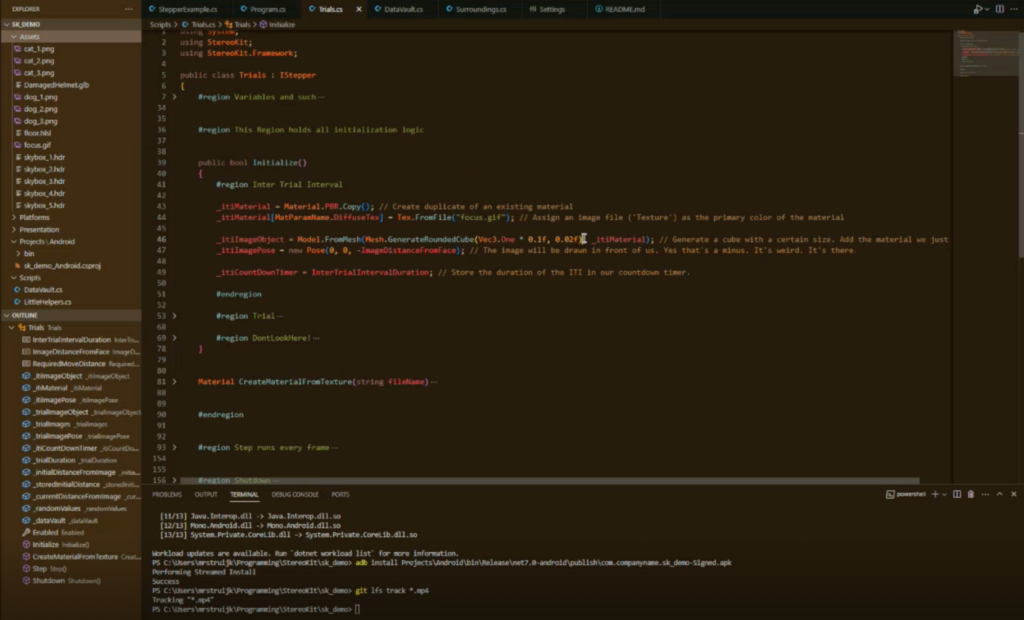
Having selected an open-source project by the name of “Visual Approach/Avoidance by the Self Task”, Maarten demonstrated how the fundamentals of coding for XR purposes can easily be achieved within StereoKit. He clarified how objects can be placed within a space, distances measured, timing calculated, and passthrough enabled amongst much else, stopping at regular intervals to show progress made by means of a simulator.
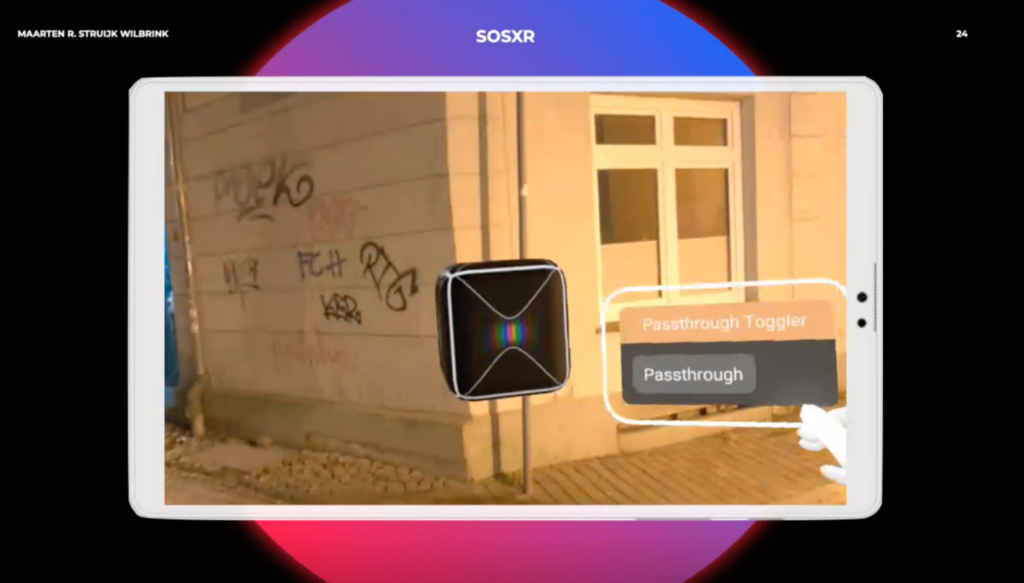
From the very beginning of Maarten’s demo, XR ERA members were invited to code along, creating their own versions of Maarten’s end-result XR experience. From feedback received, this was not only more than doable but a highly thought-provoking process!
Once again, we would like to say a sincere thank you to Maarten for joining us to present such an intriguing potential alternative to Unity for XR development. If you were one of those present at this Meetup and consequently felt inspired to give it a try within your own work, we would love to hear your experience!
** If you are an XR ERA Member and would like the link and password to access the live recording of this Meetup, please don’t hesitate to email us at xrcommunity@llinc.leidenuniv.nl.
Moreover, for Maarten’s StereoKit resources, feel welcome to take a look at his GitHub repository here!
Image credit to for the first image in this article to fauxels.
Image credit for all other images in this article to Maarten Struijk Wilbrink.
